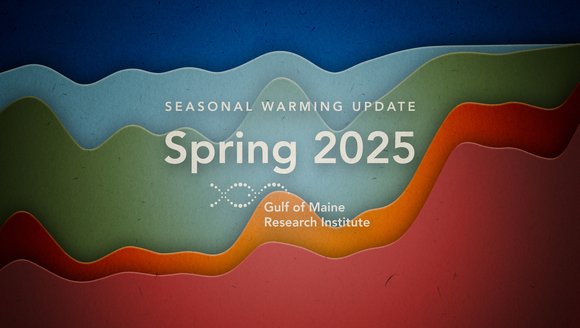Evaluating Climate Change Adaptation Strategies
Developing win-win fishery management strategies in the face of climate change
As rapidly changing climates continue to alter marine ecosystems and fisheries, the need to identify robust adaptive management strategies that support the sustainability and resiliency of species and fisheries has become a matter of urgency. Our project will work to develop widely applicable general management strategies that promote the conservation of shifting marine fish stocks, and support the ability of fishermen and fishing communities to adapt to changing climates.
Project Objectives:
- Analyze relationships between population size structures and species distribution shifts.
- Identify size-based structuring at the leading edge, center, and trailing edge of species distributions.
- Create a size-structured, spatially-explicit population model for evaluating how the spatial patterning of size structure shapes population dynamics.
- Evaluate conservation and fishery outcomes of different fishery adaptation strategies.
- Collaborate with key stakeholder groups including scientific, conservation, fishery management, fishing industry, and public audiences.
Climate change is rapidly affecting marine ecosystems and fisheries around the world, and these changes are expected to continue. Ocean warming is associated with widespread changes in the spatial distribution of species. These changes cause species to move across management jurisdictions and political boundaries, and alter the spatial and temporal overlap of fish stocks with traditional fishing grounds.
To ensure that fisheries can properly adapt to these changes, there is a critical need to develop analytical frameworks that encompass population structure details and to flexibly evaluate different management strategies. Our work will analyze how size classes within populations are affected by and contribute to spatial distribution changes of marine fish on the Northeast U.S. Shelf, and will develop size-specific projections for future spatial distributions.
These distribution patterns will provide the basis for implementing a size-structured, spatially-explicit population dynamics model that can be used to:
- Evaluate how distribution changes affect the population.
- Test the impacts of different adaptation strategies on both population and fishery outcomes.
We will synthesize our results to identify general management strategies that can be used in fisheries around the world to conserve fish stocks and build the adaptive capacity of fisheries in the face of climate change.
Support for this project was provided by the Pew Fellows Program in Marine Conservation at The Pew Charitable Trusts. View Dr. Mills' Pew Fellow page here.
Project Team
Read Next
-
![Gulf of Maine Warming Update: Spring 2025]()
Gulf of Maine Warming Update: Spring 2025
Read on for an inside look at what we've learned in our spring 2025 Gulf of Maine warming update.
Reports
-
![Marine Heatwaves 101]()
Marine Heatwaves 101
Learn about what marine heatwaves are and how they can disrupt coastal ecosystems and the communities that depend on them.
Perspectives
-
![20 Years on the Waterfront: Reflecting & Looking Ahead]()
20 Years on the Waterfront: Reflecting & Looking Ahead
Celebrating our collective journey toward a thriving future
Perspectives
-
![The Impact of Learning Ecosystems Northeast]()
The Impact of Learning Ecosystems Northeast
Learning Ecosystems Northeast (LENE) is a NASA-funded collaborative partnership with the Gulf of Maine Research Institute (GMRI), 4-H, Maine State Libraries, Wabanaki Youth in Science, …
Perspectives



